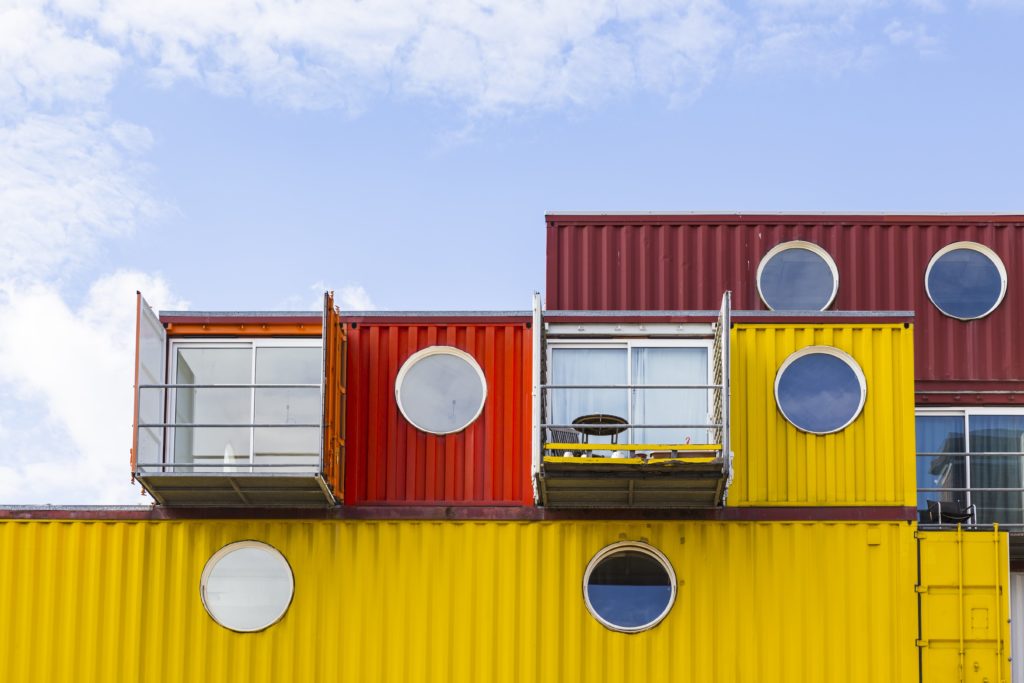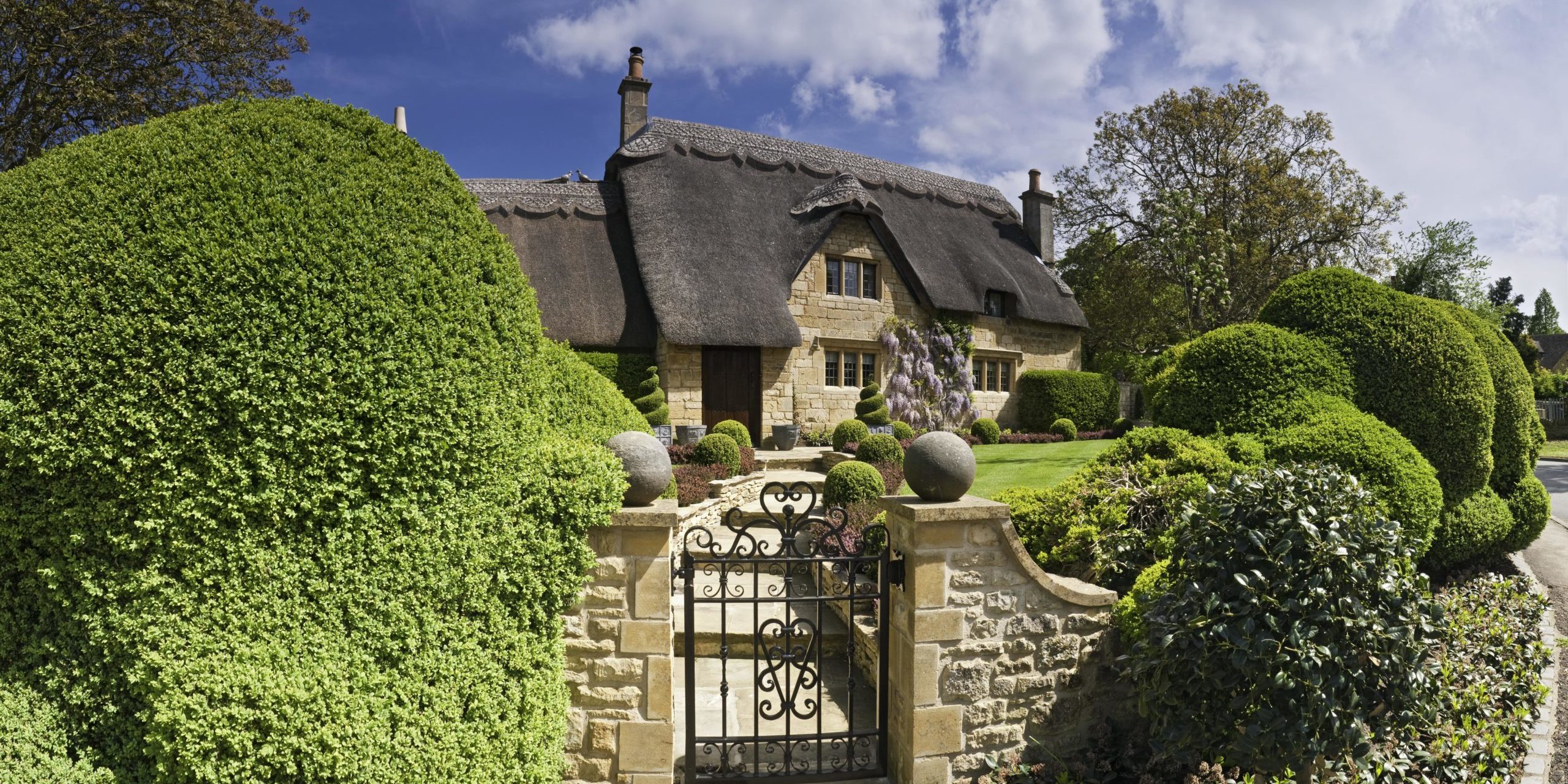Non-standard construction properties are homes built with methods or materials that differ from traditional brick and mortar construction. As experienced property surveyors, we commonly see the challenges these properties can present, from obtaining mortgages to assessing structural integrity.
In this blog, we’ll explore the various types of non-standard construction, highlight key considerations, and provide expert advice for homeowners and prospective buyers for these types of buildings.
What is a non-standard construction property?
Typically, a non-standard construction property is a building that has been built from materials that aren’t considered ‘standard’. Standard is brick or stone walls, with a roof made from slate or tile. Therefore, a non-standard construction is anything different.
Initially, when you think of non-traditional construction, you may be imagining an episode of Grand Designs or something similar. But as a standard structure is so specific, there are more types of non-standard construction houses than you’d imagine. You will generally find non-traditional construction in areas where local materials have historically been used or are more readily available for building.
Non-standard buildings have often been built using outdated or old-fashioned construction processes. For example, during the 1950s & 1960s, many local authorities created various non-standard properties using materials such as concrete or steel frames or concrete panels. Additionally, you might find more non-traditional buildings in areas with a lot of post-war development, such as prefabricated houses in the UK built after the Second World War.
Non-standard construction homes were often built during the mid-20th century as a quicker, cheaper alternative to traditional building methods.
What types of properties are considered non-standard?
Many different types of properties fall into the category of non-standard construction. Some of the most common examples we see include:
- Thatched properties
- Flat roofed properties
- Listed buildings or older properties
- High-value homes or buildings with more than six bedrooms
- Homes in flood risk areas can offer complications and sometimes be considered non standard constructions.
- Unusual constructions can refer to building materials or the build type. For example, steel or timber framed properties can be considered unusual or non-standard and quite expensive to repair.
- Prefabricated houses were supposed to be a temporary solution for those who’d lost their homes during World War II. Still, around 1.5 million prefabricated houses in the UK require non-standard home insurance today.
A non-traditional construction is a property built using materials other than the standard brick, mortar, or stone for walls, and slate or tile for the roof. Below are some of the most common materials used in non-standard construction:
- Glass, concrete, wooden, flintstone or metal walls
- Prefabricated concrete
- Stramit construction
- Steel, corrugated iron or wooden frames
- Asbestos
- Asphalt, concrete, steel, corrugated iron, or felt and timber roofs
- Shingles
- Thatches
- Glass, stramit, plastic or fibreglass roofs

What do you need to know when buying a non-standard construction?
Although it seems more complicated or nuanced to buy a non-standard construction, there are plenty of reasons why people choose to purchase a non-traditional property. They might want to stand out from the norm, they might want to create a more eco-conscious home, or they might have dreams of renovating a castle to its former glory. It’s essential to be aware of the complications around buying a non-standard construction, for example, finance, insurance, warranties, and if you should ever sell the property.
When buying a non-traditional construction, it’s important to consider that you may want to sell the property in the future and how lenders may view the property. You’ll also probably need to secure a non-standard construction mortgage. In addition, you’ll need to be aware of additional costs in terms of your mortgage, insurance, and any labour costs for repairs. However, as we said, there are also local market considerations. If you’re buying a property where a type of non-traditional construction is considered normal for the area, you’ll be much more secure in terms of saleability, value, and costs.
What do you need to know when selling a non-standard construction home?
The primary consideration that you need to have when selling a non-standard home is how difficult it might be for potential buyers to secure a mortgage for the property. Depending on the building materials or construction process in building your property, it can be difficult or even impossible for lenders and buyers to understand the condition of the aspects of non-standard construction, for example, if it has concrete or steel elements.
However, in some instances, you may be able to get around the non-standard construction definition by replacing the non-standard aspect of the property. Of course, this is easier for some properties than others and won’t always be possible.
Can you change a non-standard construction house?
You can change certain non-standard construction houses, however not all can be converted to a standard home. It will depend on the specifications of the building and what exactly makes it non-standard. Some examples of properties that can be converted include:
- Steel-framed homes – With proper planning and professional consultation, alterations like room expansions are possible.
- Prefabricated homes – You can update cladding, add insulation, or even expand the structure, as long as it meets regulations.
However, some examples that cannot be easily changed include:
- Homes with asbestos – If the structure includes asbestos, removal or significant changes are risky and regulated.
- Listed buildings – If a property is listed, you can’t make significant changes without special permission from local authorities.
It’s important to note that a house does not need to be converted to a standard home to be sellable. It may just make the process easier and increase the likelihood of getting a buyer.
What survey do you require when buying a non-standard construction home?
At Robinson Elliott, if you’re considering buying a non-standard construction, we recommend hiring a specialist property surveyor to assess your potential new home. Many non-standard construction properties are made from materials that can come with structural elements to consider, so we would recommend a Level 3 House Survey.
Level 3 Home Surveys, also known as RICS Building Survey, include a thorough inspection of the property and provide you with a detailed report. Included will be all the information you need for planning repairs or upgrading the property and reporting on possible hidden defects and any risks to the building, grounds, and people at the property. Depending on the property, we may recommend that you also have a more in-depth structural survey to assess the building’s structural safety.
With extensive experience in all types of property, including non-standard construction homes, across the South East of England, a Home Survey from Robinson Elliott Chartered Surveyors can help you to ensure your property will be safe and in a good state of repair.
To find out more, get in touch with Robinson Elliott Chartered Surveyors today to discuss surveys for your property.
With extensive experience in all types of property and areas in the South East of England, we can help you to ensure your property will be safe and in a good state of repair for the long term.
To find out more get in touch with Robinson Elliott Chartered Surveyors today to discuss your concerns or requirements.
Frequently asked questions
Selling a non-standard construction house can be more challenging as buyers are less likely to buy this type of property.
To improve a non-standard construction property, you can first look to reinforce its foundation or upgrade the insulation. Modernising the property with better windows, cladding, or a new roof can help enhance its value and appeal.
Some of the most common risks associated with buying a non-standard construction property include:
- Mortgages are generally harder to obtain
- Insurance premiums may be higher
- You may have to deal with structural integrity issues over time
- You may need a specialist to deal with the likes of asbestos if necessary
- Future buyers may be difficult to find
Many lenders are cautious about the long-term value and potential structural issues associated with these homes, meaning they are less likely to approve a mortgage. As a result, they typically restrict or impose stricter conditions on mortgages for non-standard properties.







